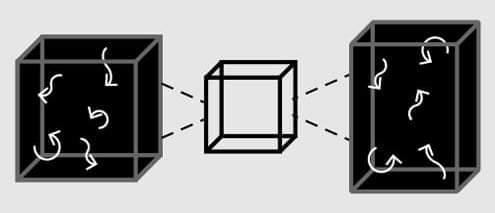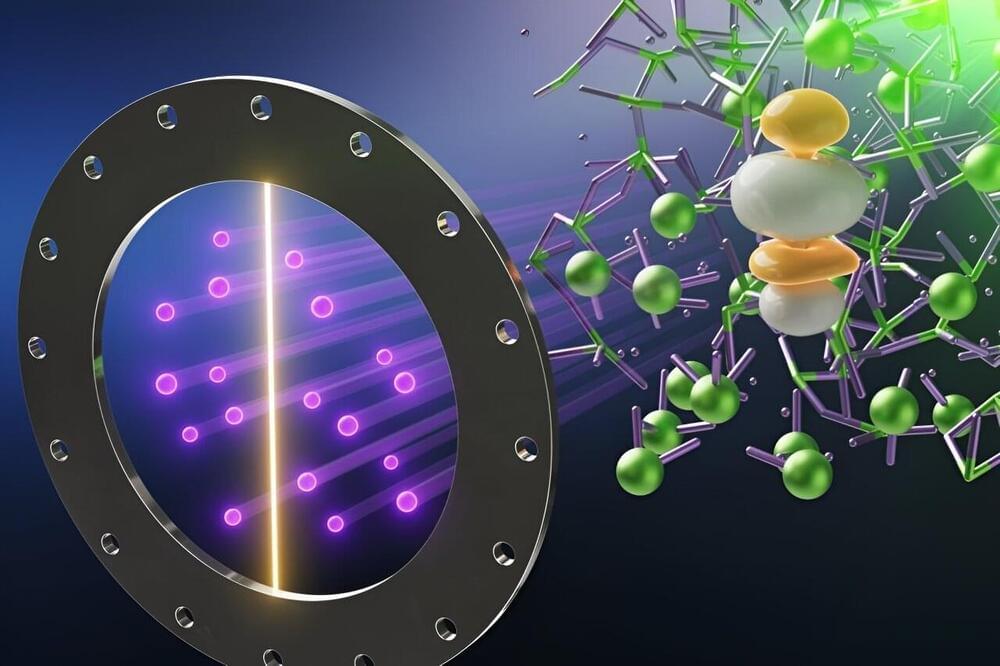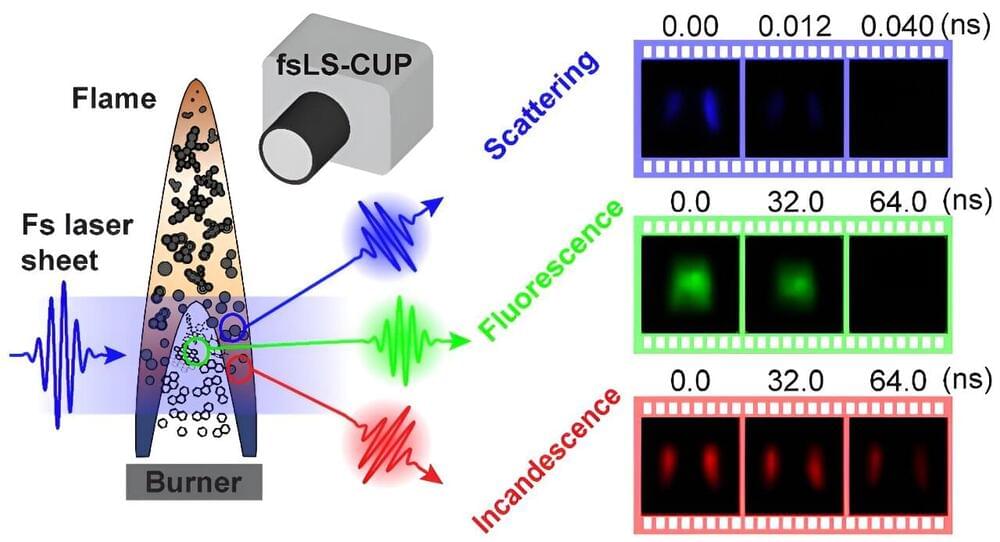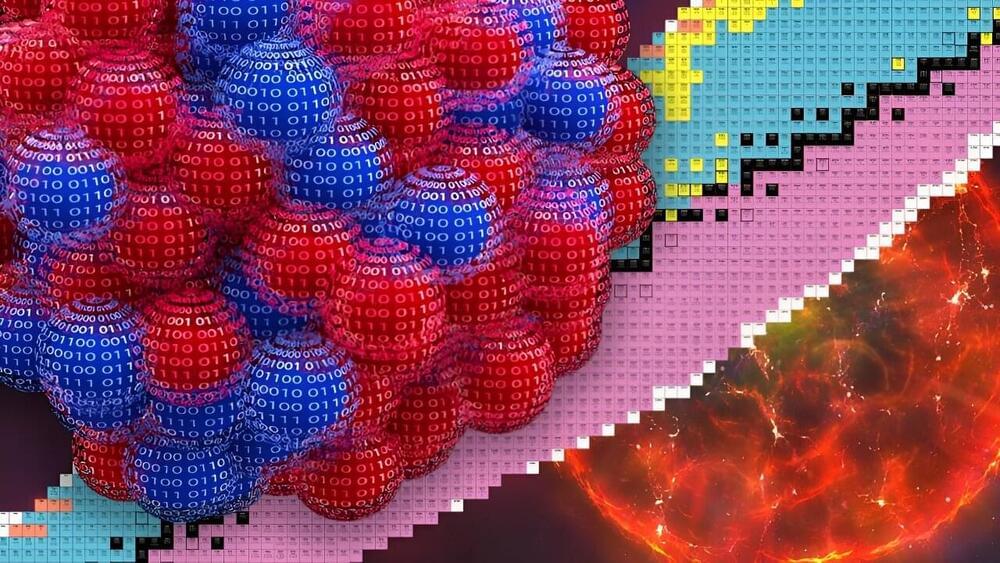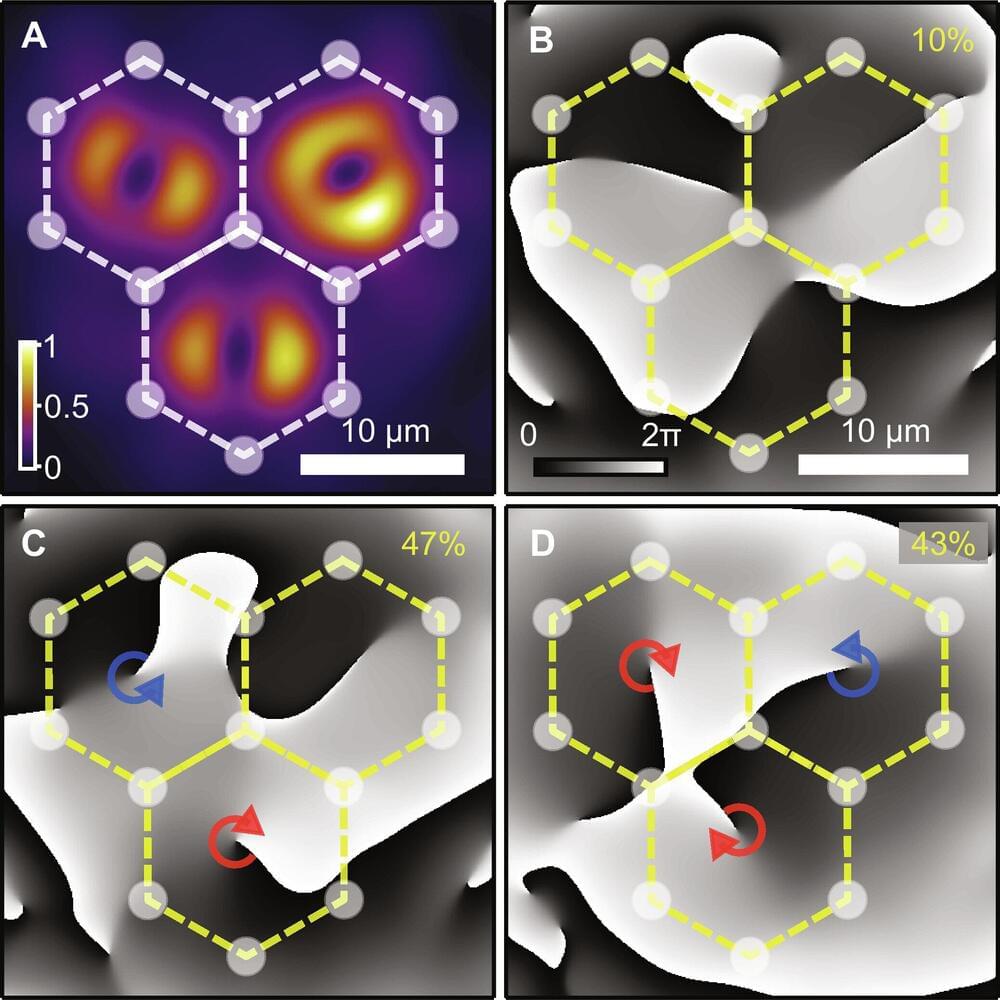Synthetic Plants For A Sustainable Future — Dr. Angie Burnett, Ph.D. — Program Director, Advanced Research + Invention Agency (ARIA)
Dr. Angie Burnett, Ph.D. is Program Director at the Advanced Research and Invention Agency (ARIA — https://www.aria.org.uk/), a UK organization created by an Act of Parliament, and sponsored by the Department for Science, Innovation, and Technology, to fund projects across a full spectrum of R\&D disciplines, approaches, and institutions, per the ARIA mission statement to “Look beyond what exists today to the breakthroughs we’ll need tomorrow”
Prior to this role, Dr. Burnett was a Research Associate in the Department of Plant Sciences, and a former David MacKay Research Associate at Darwin College and Cambridge Zero where her work focused on understanding the response of maize plants to high light and cold temperature stresses, and the genetic basis for stress tolerance, so that breeders can produce plants which are better able to withstand environmental stress.
Dr. Burnett’s background is in plant physiology. She holds a BA from the University of Cambridge and a PhD from the University of Sheffield, where she was awarded the inaugural PhD studentship from the Society for Experimental Biology. Before commencing her role at the University of Cambridge, she worked as a postdoctoral research associate at Brookhaven National Laboratory in the USA and as a Consultant at the Food and Agriculture Organization of the United Nations in Italy.
Important Episode Links.
